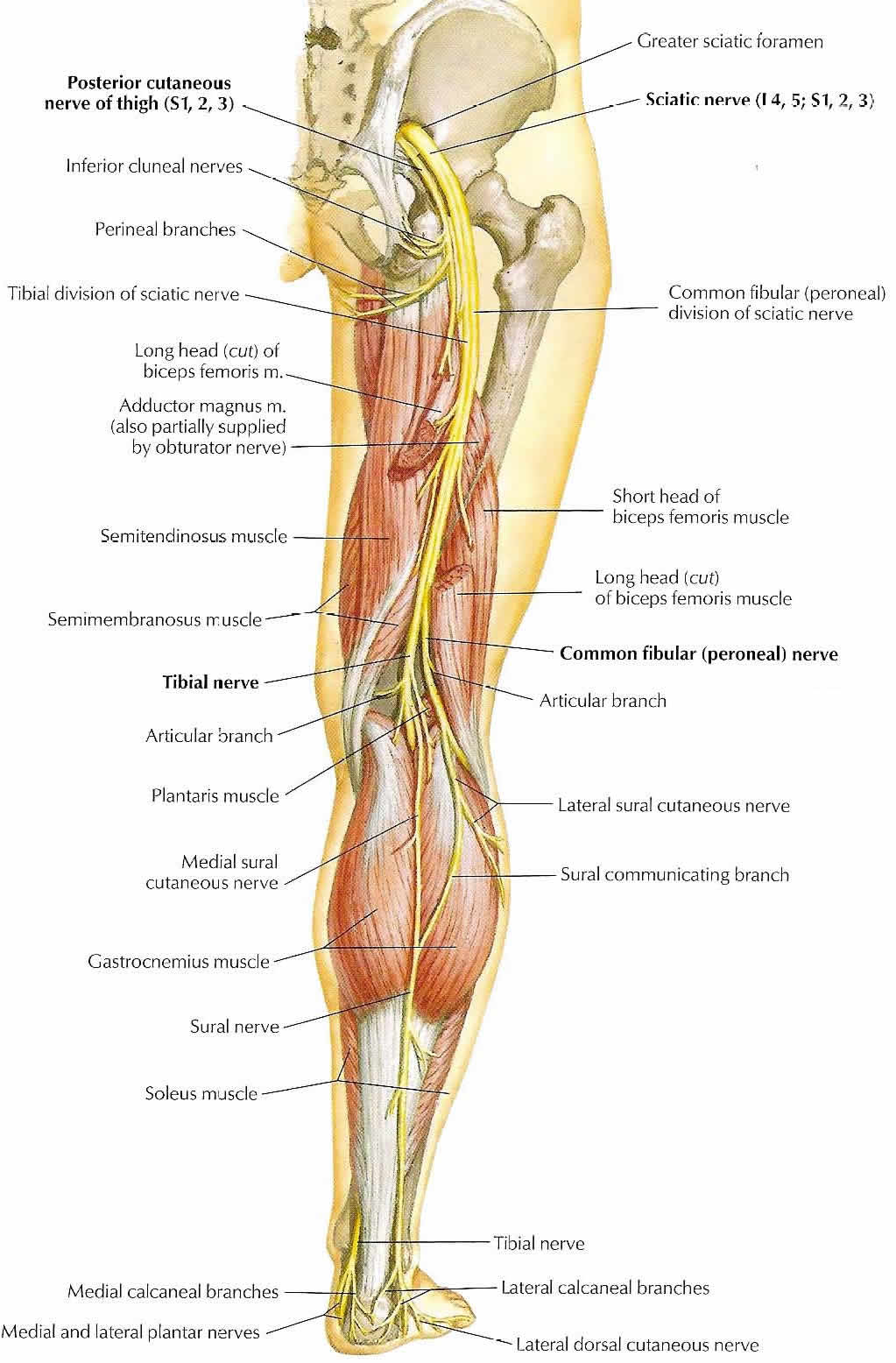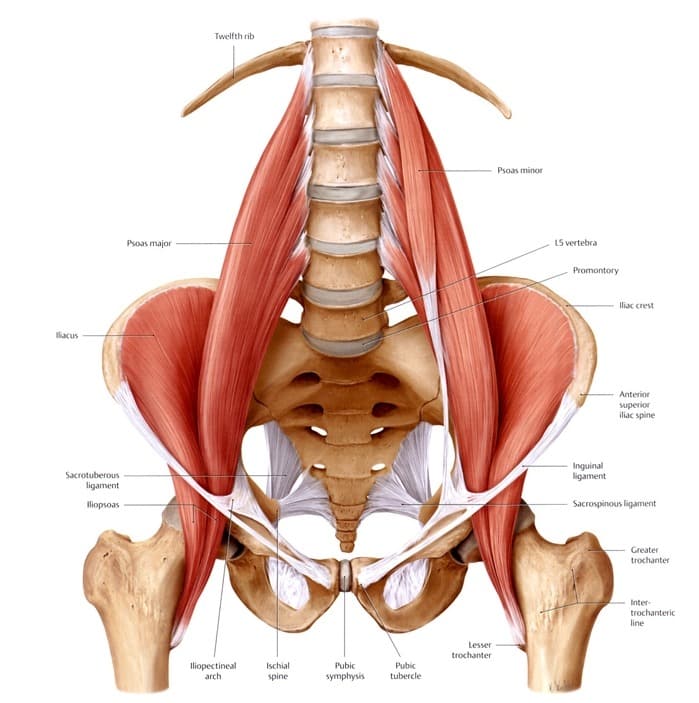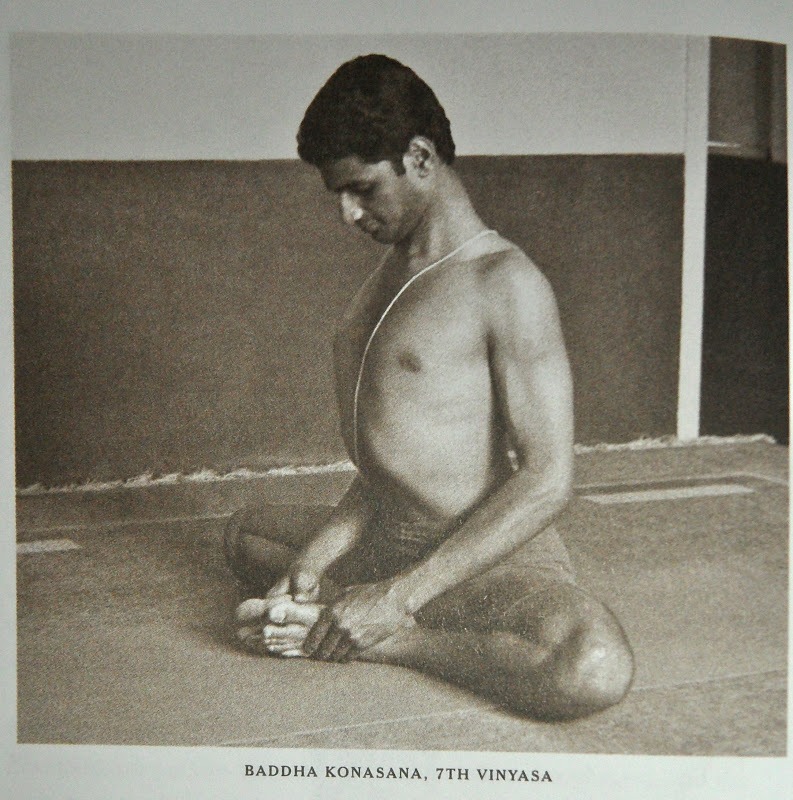The Sciatic Nerve: A River of Energy Suppyling Human Legs
The Anatomy of the Sciatic Nerve Also known as the ischiadic nerve or ischiatic nerve, the Sciatic Nerve is the largest nerve in the human body. The Sciatic Nerve runs down the leg behind the bicep femoris and powers the thigh muscles. The nerve begins in the Sacral Plexus as you can see from contrasting the above depictions … Read more






